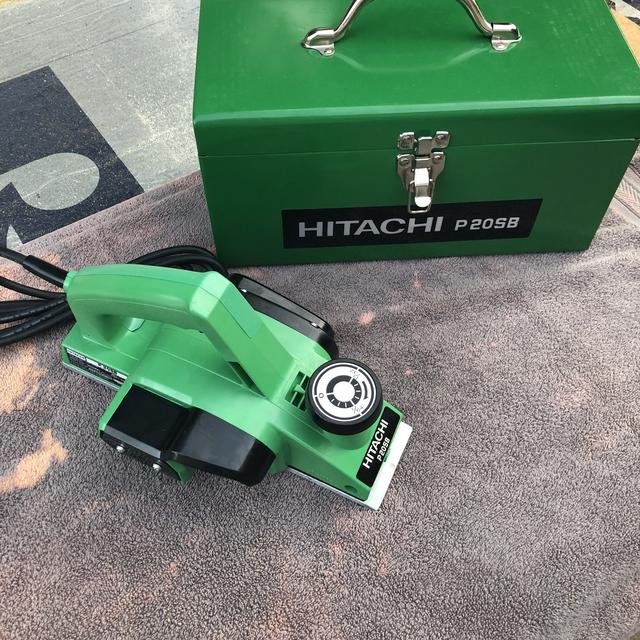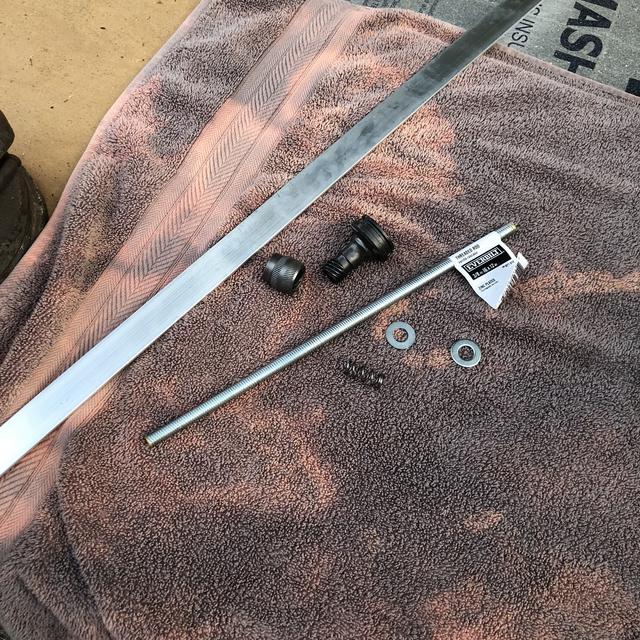Continuing yesterday’s post…
While waiting for the epoxy to dry, I went ahead and did the handle relocation, added a 25’ cord and added the vac attachment. I’ll keep this post fairly short since this is pretty well documented on Sway’s on how to perform the handle relocation.
The only thing I did different (I think) is that I used the the offcut from the dust sheild and made an insert for the bottom of handle so it would have more surface area to bond, I also added a screw just for good measure. This will also allow me to make any repairs to the wiring/trigger assembly if something were to go bad.
[[{“fid”:“106236”,“view_mode”:“default”,“fields”:{“format”:“default”,“alignment”:“”,“field_file_image_alt_text[und][0][value]”:false,“field_file_image_title_text[und][0][value]”:false},“type”:“media”,“field_deltas”:{“1”:{“format”:“default”,“alignment”:“”,“field_file_image_alt_text[und][0][value]”:false,“field_file_image_title_text[und][0][value]”:false}},“link_text”:null,“attributes”:{“class”:“media-element file-default”,“data-delta”:“1”}}]]
After setting the handle, I went ahead and sanded down the front shoe that was filled in with epoxy. I will round out edges of the front and rear shoe at a later time.
[[{“fid”:“106237”,“view_mode”:“default”,“fields”:{“format”:“default”,“alignment”:“”,“field_file_image_alt_text[und][0][value]”:false,“field_file_image_title_text[und][0][value]”:false},“type”:“media”,“field_deltas”:{“2”:{“format”:“default”,“alignment”:“”,“field_file_image_alt_text[und][0][value]”:false,“field_file_image_title_text[und][0][value]”:false}},“link_text”:null,“attributes”:{“class”:“media-element file-default”,“data-delta”:“2”}}]]
Now that the epoxy is cured on all of the depth adjustment parts I went ahead and test fit everything. It looks like its going to work, I just need to figure out what size spring will fit in the assembly, and I wont be able to figure that out until I get my knob and shaft collar on Thursday. I got a box of assorted springs from Home Depot, so I have a bunch to choose from. Here is what it looks like prior to going into the planer body.
[[{“fid”:“106238”,“view_mode”:“default”,“fields”:{“format”:“default”,“alignment”:“”,“field_file_image_alt_text[und][0][value]”:false,“field_file_image_title_text[und][0][value]”:false},“type”:“media”,“field_deltas”:{“3”:{“format”:“default”,“alignment”:“”,“field_file_image_alt_text[und][0][value]”:false,“field_file_image_title_text[und][0][value]”:false}},“link_text”:null,“attributes”:{“class”:“media-element file-default”,“data-delta”:“3”}}]]
And here is where I am at until Thursday…
[[{“fid”:“106240”,“view_mode”:“default”,“fields”:{“format”:“default”,“alignment”:“”,“field_file_image_alt_text[und][0][value]”:false,“field_file_image_title_text[und][0][value]”:false},“type”:“media”,“field_deltas”:{“4”:{“format”:“default”,“alignment”:“”,“field_file_image_alt_text[und][0][value]”:false,“field_file_image_title_text[und][0][value]”:false}},“link_text”:null,“attributes”:{“class”:“media-element file-default”,“data-delta”:“4”}}]]

